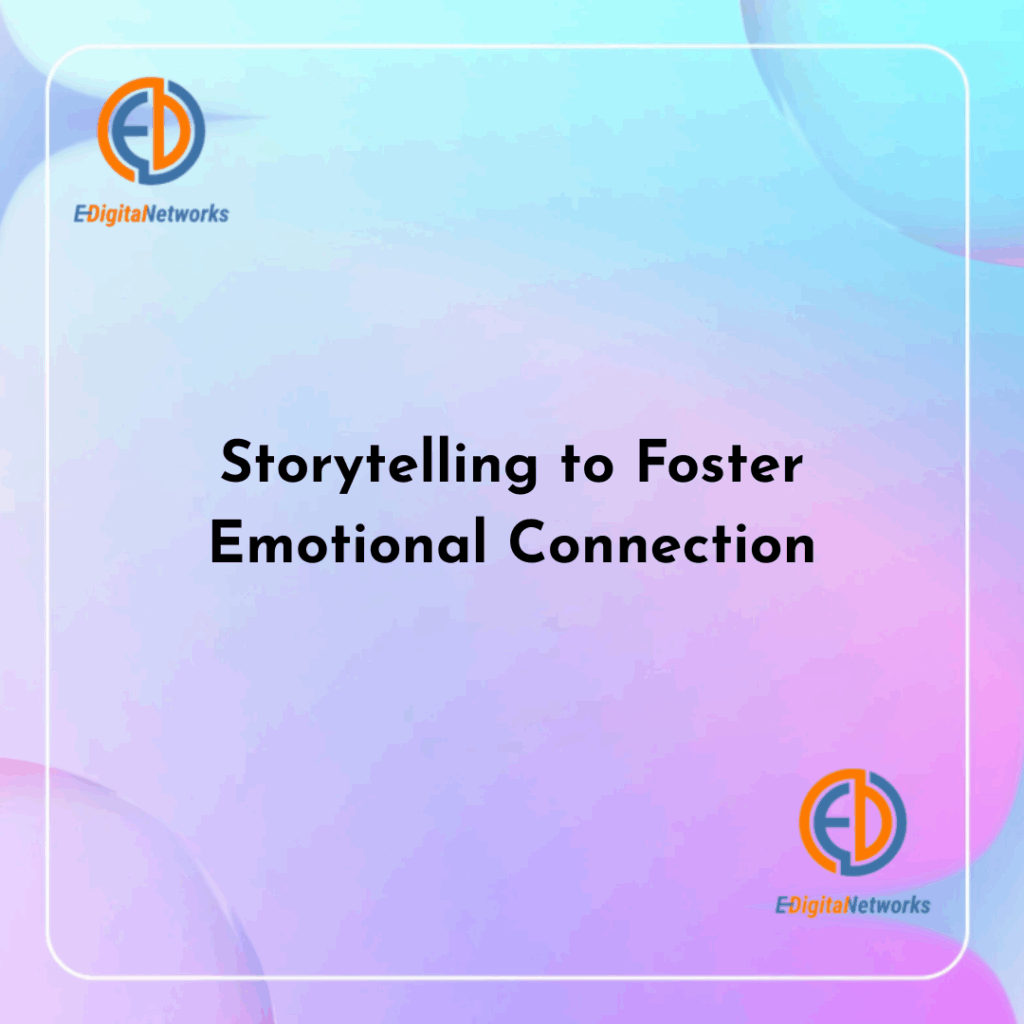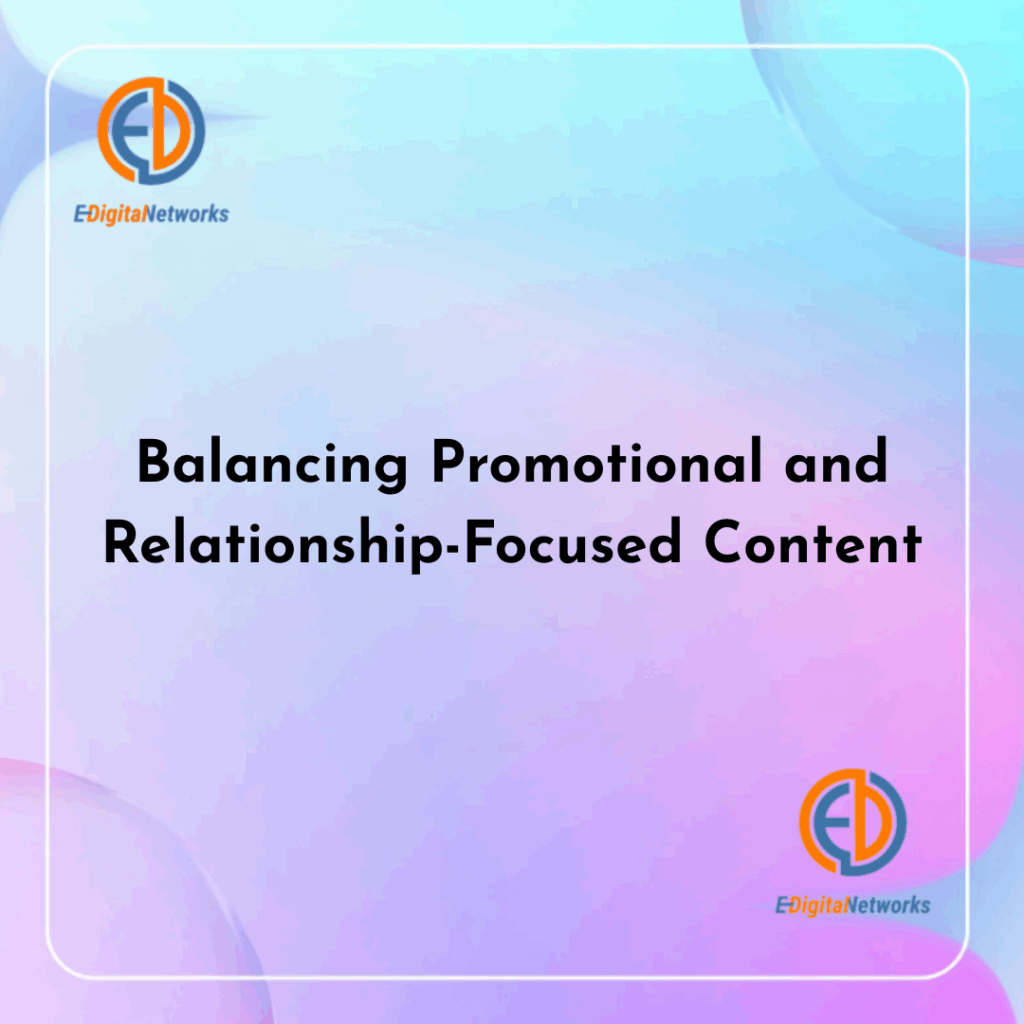To build real relationships with subscribers in the cutthroat digital world of today, organizations need to move beyond generic advertising campaigns. Many marketers wonder, What is a relationship email in email marketing? but are unaware that it’s more about building trust and enduring engagement than it is about making quick sales. Relationship emails are reliable channels for exchanging insightful information, showing appreciation, and commemorating achievements.
Over time, they serve as the emotional glue that keeps subscribers engaged with your company, increasing lifetime customer value and fostering long-term development. Relationship-driven communications, as opposed to transactional or solely promotional emails, progressively lead audiences through the phases of awareness, consideration, and loyalty by providing them with material that is specific to their needs and interests.
We’ll go over the fundamental ideas, methods, and best practices of successful relationship email marketing in this extensive book, covering everything from narrative campaigns and feedback loops to onboarding procedures and customized check-ins.
You can turn your email program into a dynamic relationship engine by adopting this strategy, which will guarantee that your messages are understood, that your brand remains prominent, and that your subscribers stay interested over time.
Defining Relationship Emails
Relationship emails prioritize rapport-building above promoting quick purchases. Thank-you letters, welcome sequences, and frequent check-ins that show sincere concern are examples of these signals. Brands show their appreciation for their customers by providing behind-the-scenes looks, unique content, or useful tools. Creating a regular relationship email rhythm establishes expectations and strengthens sincerity. Subscribers become eager to open subsequent messages and interact with your business across many platforms as a result of these communications’ gradual development of a feeling of community.
The Role of Onboarding Sequences
A solid customer connection is built on a well-designed onboarding process. Subscribers receive a series of emails outlining the brand’s principles, product fundamentals, and useful advice as soon as they join up. By easing new users into the brand experience, this first touchpoint journey clears up any uncertainty and strengthens the choice to subscribe. Onboarding sequences turn cold leads into warm champions by carefully timing communications—combining personal narratives with instructional content—and laying the groundwork for future, more in-depth interaction.
Personalized Check-Ins and Milestones
The foundation of relationship email marketing is personalization. You may send personalized check-ins that seem genuine by using subscriber data, such as registration date, location, or previous interactions. It shows attention to detail to mark important occasions like birthdays, anniversaries, or membership criteria. Rekindling interest and increasing loyalty may be achieved with a simple Happy one-year anniversary email and a modest present of appreciation. Positive brand emotion is reinforced by these tailored touchpoints, which help subscribers feel valued as unique people.

Storytelling to Foster Emotional Connection
Story-driven newsletters engage readers by crafting relatable tales. Your company becomes more relatable when you share client success stories, staff member highlights, or the history of the brand. Unlike typical advertising material, well-written narratives arouse emotions and create stronger relationships. By portraying subscribers as heroes and emphasizing how they used your goods to overcome obstacles, you may turn inactive readers into engaged community members. Email marketing that uses strategic storytelling strengthens brand identification and guarantees that messages are remembered for a long time after they are sent.
Educational Content and Thought Leadership
The main focus of relationship emails is frequently on offering real value through thought leadership and education. Brands establish their credibility as industry experts by selecting blog entries, whitepapers, webinars, and industry insights. Actionable advice that enhances their lives or enterprises is valued by subscribers, encouraging goodwill and continued participation. You can reinforce your status as a useful partner by addressing the pain points of different audience groups and keeping the content fresh by rotating content themes, such as expert interviews, best practices, and how-to guides.
Gathering Feedback and Encouraging Dialogue
One-way broadcasts become significant dialogues when subscribers are asked to voice their ideas. Emails that are feedback-driven, like surveys, polls, or just How are we doing? check-ins, show that you appreciate the opinions of your recipients. Trust is further strengthened by publicly recognizing advancements and putting recommendations into practice where practical. Brands may promote the notion that the relationship is reciprocal and obtain actionable information by establishing a feedback loop. Participating subscribers experience a sense of pride and commitment to the brand’s development.
Drip Campaigns for Nurturing Leads
Using automated drip campaigns that progressively present pertinent information in response to subscriber behaviors, nurture leads. Tailored drip sequences are triggered by events like downloads, website visits, or prior email interaction. Building on the previous email, each one leads prospects via testimonials, instructional resources, and gentle invitations to action. Nurturing drips respect the buyer’s journey and offer information when it’s most useful, in contrast to hard-sell blasts. By providing support instead of coercion, this approach gradually warms leads, builds trust, and boosts conversion rates.
Celebrating Community and UGC
Relationship emails that include user-generated content (UGC) encourage a sense of community. Subscribers become brand advocates when consumer images, reviews, or social media contributions are highlighted. In addition to validating your items, using actual voices promotes more sharing. Emails that highlight community efforts, such as Customer of the Month features, increase interaction and strengthen the emotional connection. This all-inclusive strategy strengthens brand loyalty by highlighting how much the company appreciates group engagement.

Balancing Promotional and Relationship-Focused Content
Although sales may be the end goal, relationship emails should primarily provide value without explicitly marketing. Strike a good balance by including promotional offers no more than once per four emails that are relationship-focused. This ratio avoids subscriber fatigue and maintains confidence. When promotional emails do come up, present them in a positive light by offering devoted subscribers special access. You can maintain subscribers’ receptiveness and engagement by prioritizing relationship development and respecting inbox space.
Measuring Success and Continuous Improvement
Monitoring both quantitative and qualitative measures is necessary for assessing email performance. While long-term metrics like subscriber retention, frequency of repeat purchases, and customer lifetime value show deeper connection strength, open rates and click-through rates show immediate engagement. To determine the emotional effect, track feedback replies and sentiment analysis. A/B testing may be used to improve send cadence, content tone, and subject lines. You may optimize subsequent efforts and strengthen the continuous aspect of relationship-building by methodically evaluating results and iterating based on data.
Conclusion
A relationship email marketing strategy turns transactional emails into sincere exchanges that foster loyalty and trust. Brands foster longer-term growth and deeper relationships by carefully integrating narrative, instructional material, targeted onboarding, and ongoing feedback. Adopt these guidelines to make sure that each email improves relationships and consumer experiences.

